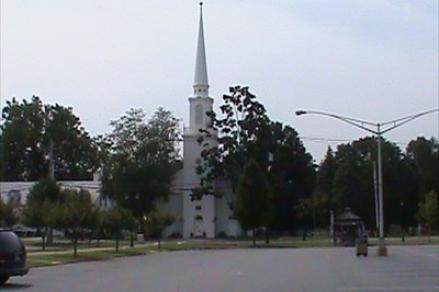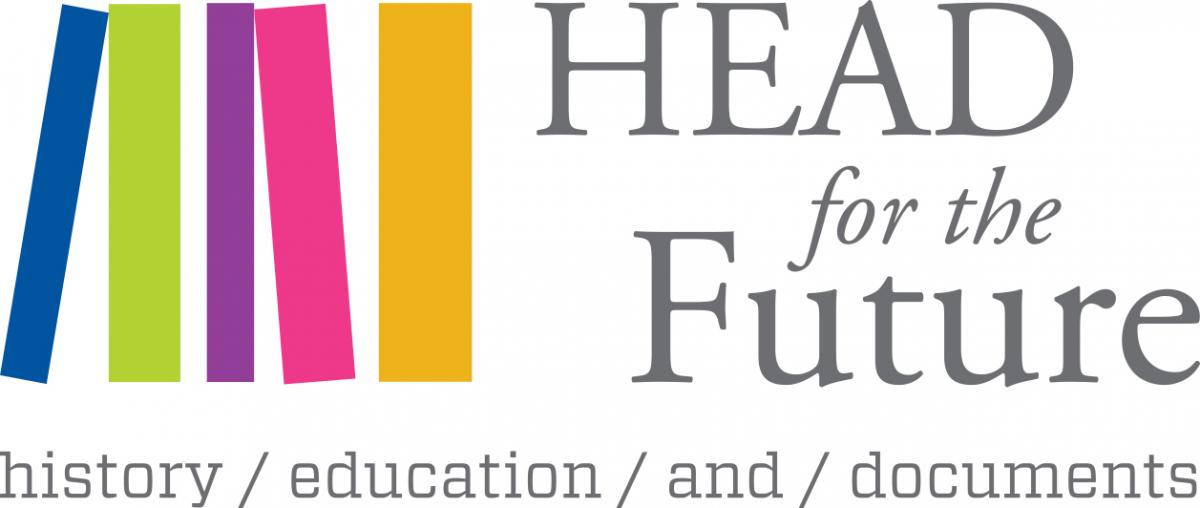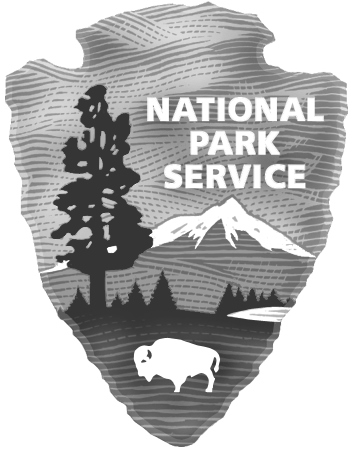This lesson focuses on the attitude of residents in Pequannock, NJ towards independence during the American Revolution as well as the focus that the township of Pequannock gives to its Revolution history as a part of its collective identity. By the end of the lesson, students will have a greater appreciation for the impact national events can have upon small communities such as their own as well as for the choices communities make regarding what parts of history to remember and preserve.
To this end, students will evaluate how past Pequannock residents chose to participate in the national movement of revolution by analyzing a 1776 primary source declaration in support of independence. Students will then examine photographs of five gravestones of Revolutionary war veterans buried in their town’s historic graveyard to draw conclusions about the pride their families took in their participation in the war as well as the recognition and emphasis current generations of Pequannock give to these gravestone. The lesson concludes with students creatively summarizing their research and thesis into a proposed text for a historical marker for this cemetery. Ideally, this lesson would fit best into an US history unit on the Revolutionary War or a US government unit on the founding American documents and the foundational American ideals.



